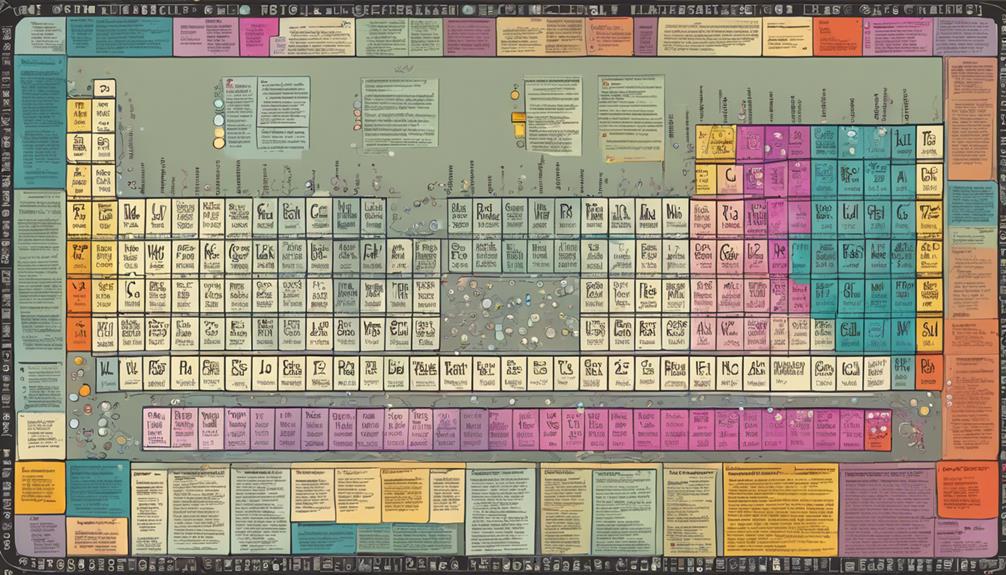You're trying to identify which compounds will have a higher lattice energy. To do so, focus on compounds with higher charged ions, as they typically have stronger electrostatic attractions. Smaller atomic sizes also contribute to higher lattice energies due to increased attraction. Additionally, compounds with more electrons transferred during bonding tend to have higher lattice energies. By considering these factors, you can make informed predictions about a compound's lattice energy. As you explore these factors further, you'll uncover more nuances that can help you accurately identify high-lattice-energy compounds. When examining compounds for higher lattice energy, it’s important to understand why alumina has high lattice energy. Alumina, or aluminum oxide, has a high lattice energy due to the combination of its highly charged ions (Al3+ and O2-) and the small atomic size of these ions. The strong electrostatic attraction between the charged particles in alumina contributes to its high lattice energy, making it a key example to study when identifying compounds with strong lattice energies. For example, aluminum oxide has a high lattice energy because of its high charged ions (Al3+ and O2-) and relatively small atomic sizes, leading to strong electrostatic attractions. Additionally, during bonding, a significant number of electrons are transferred from aluminum to oxygen, further increasing the lattice energy of the compound. Understanding these factors can help to explain why aluminum oxide has high lattice energy compared to other compounds.
Key Takeaways
- Compounds with higher charged ions tend to have higher lattice energies due to stronger electrostatic attraction.
- Smaller ion sizes contribute to higher lattice energies as they allow for stronger electrostatic attraction between ions.
- Compounds with more electrons transferred during ion formation typically have higher lattice energies.
- The ratio of cations to anions in a compound's structure impacts its lattice energy, with optimal ratios resulting in higher energies.
- Understanding the periodic table is essential in determining electron gain or loss for ions, which affects lattice energy.
Factors Affecting Lattice Energy
When you explore the factors that influence lattice energy, you'll find that two key players stand out: the charges on the ions and their atomic sizes. These two factors have a significant impact on the strength of the ionic bond between the ions.
The number of electrons transferred in the ionic bond directly affects the lattice energy, with a greater number of electrons resulting in a stronger bond and higher lattice energy.
As you investigate further, you'll discover that smaller atomic sizes lead to stronger attraction between ions, resulting in higher lattice energies. This is because smaller ions are able to get closer to each other, increasing the electrostatic attraction between them.
On the other hand, larger atomic sizes lead to weaker attraction and lower lattice energies. Understanding the relationship between ion charges, atomic sizes, and electron transfer is essential in predicting which compounds will have higher lattice energies.
Ion Charges and Radii Matter
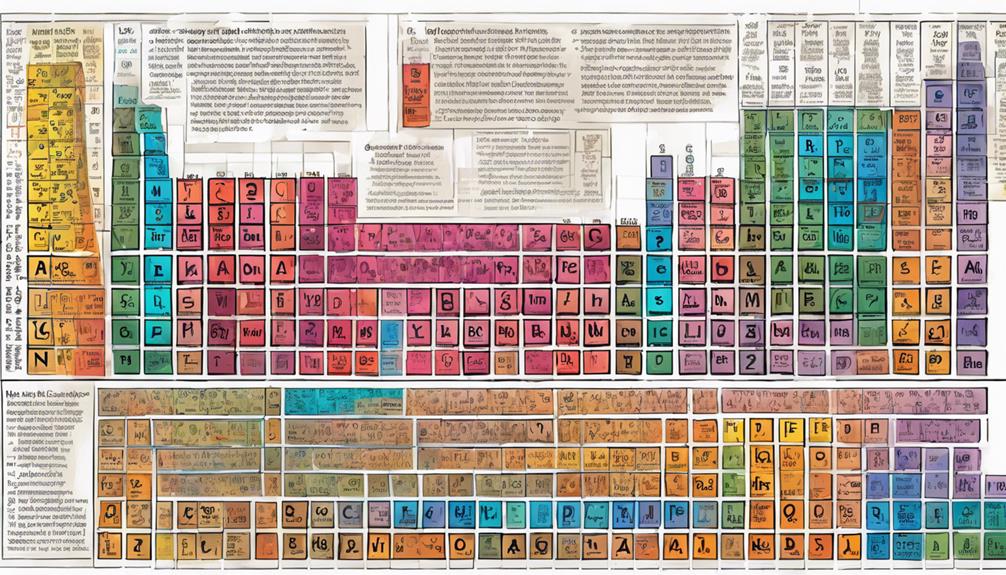
You can pinpoint compounds with higher lattice energy by examining the charges and radii of their ions, as these two factors have a significant impact on the strength of the ionic bond. When comparing compounds, you'll find that those with higher charged ions tend to have higher lattice energy. For instance, Mg2+ has a higher charge than Li+, resulting in a stronger ionic bond.
Additionally, smaller ion sizes also contribute to higher lattice energy. Take Lithium Fluoride (LiF) as an example – the small radius of F- ions allows for a stronger bond with Li+, resulting in higher lattice energy. In group one elements, like Lithium, the smaller radii of their ions lead to stronger bonds and higher lattice energy.
Electron Transfer and Bond Strength
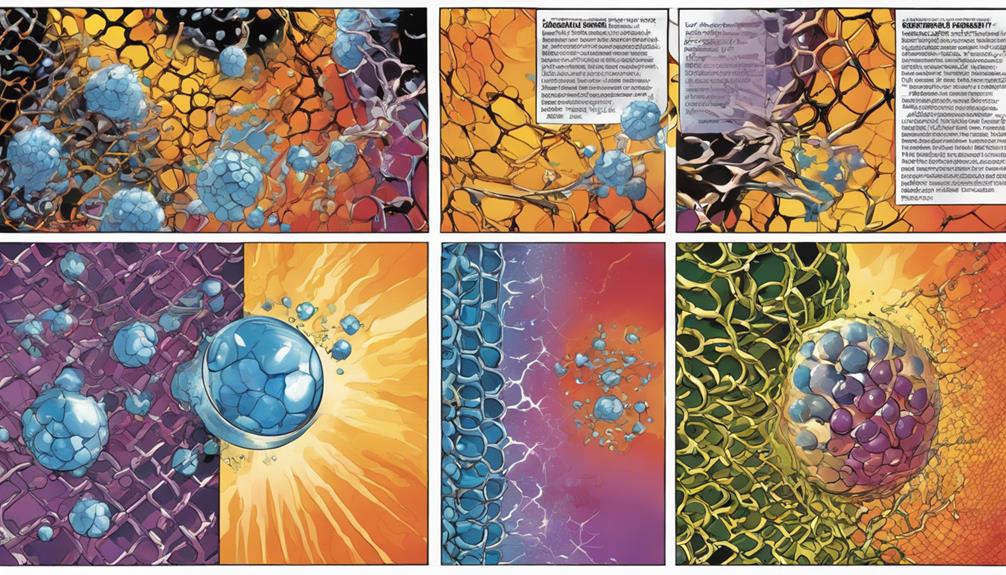
While examining ion charges and radii provides valuable insights, it's the electron transfer process that ultimately determines the strength of an ionic bond and its corresponding lattice energy. As you analyze ionic compounds, you'll find that the number of electrons transferred plays a pivotal role in determining the bond strength and lattice energy.
Compounds like MgO, which involve the transfer of two electrons, typically exhibit higher lattice energies compared to those with fewer electrons transferred. Understanding electron transfer is essential for predicting and comparing lattice energies accurately. The more electrons transferred, the stronger the ionic bond and the greater the lattice energy.
This concept provides a clear insight into the factors that determine lattice energy differences between various ionic compounds. By recognizing the significance of electron transfer, you'll be better equipped to identify compounds with higher lattice energies. For instance, you can expect compounds like LiF, which involve a single electron transfer, to have lower lattice energies compared to MgO.
Comparing Lattice Energies Effectively
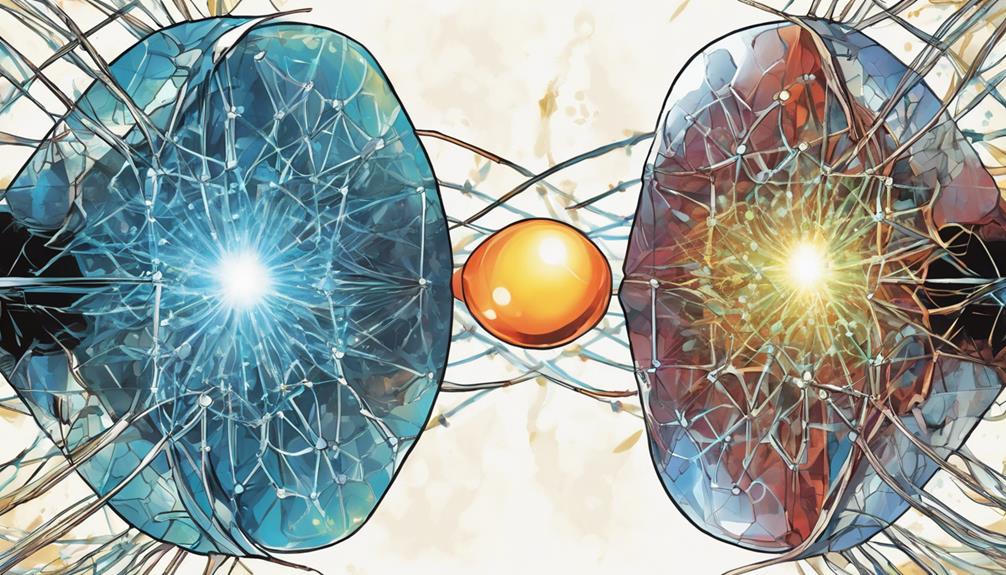
To effectively compare lattice energies, start by analyzing the charges of ions in different compounds, as this aspect greatly impacts the overall lattice energy. You'll find that ionic compounds with higher charges tend to have higher lattice energies. This is because the electrostatic attraction between ions increases with the charge, resulting in a stronger bond.
| Factor | Impact on Lattice Energy |
|---|---|
| Higher ion charges | Increases lattice energy |
| Smaller ion sizes | Increases lattice energy |
| More electrons transferred | Increases lattice energy |
| Larger ion sizes | Decreases lattice energy |
When evaluating the lattice energy of different ionic compounds, consider the atomic radii of ions as well. Smaller ions tend to have higher lattice energies due to their closer proximity, allowing for stronger electrostatic attractions. Additionally, the number of electrons transferred in the ionic bond also plays a significant role. Compounds with more substantial electron transfer tend to have higher lattice energies. By considering these factors, you'll be able to accurately compare lattice energies and identify which compounds will have higher lattice energies.
Understanding Ionic Compound Structures
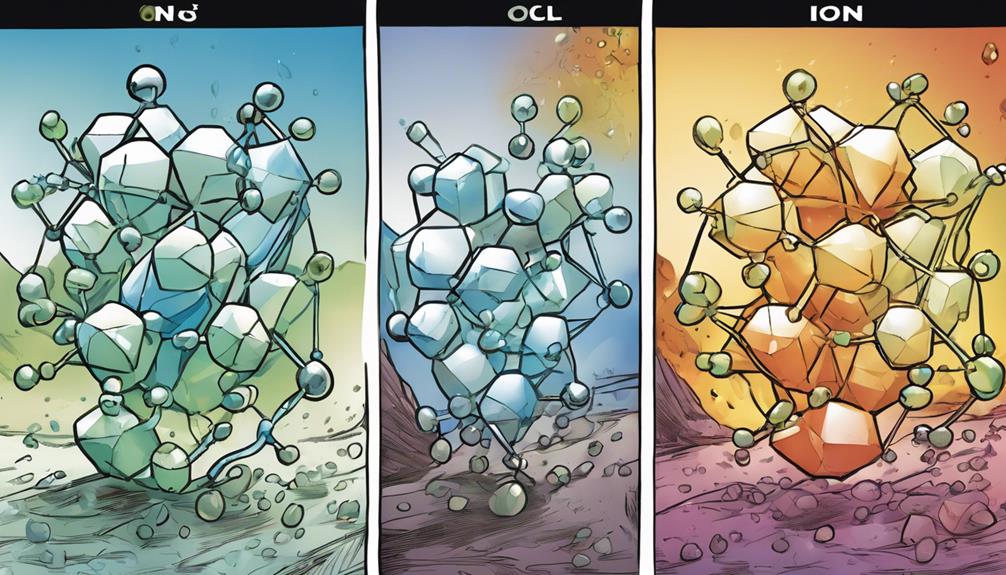
Now that you've considered the factors affecting lattice energy, let's examine the arrangement of ions in a crystal lattice structure, which determines the stability and properties of ionic compounds.
As you know, ionic compounds consist of positively and negatively charged ions held together by electrostatic forces. The ratio of cations to anions and the charges of ions have a significant impact on the lattice energy of an ionic compound.
When studying ionic compound structures, understanding the sizes of ions and the electron transfer involved in forming the compound is crucial.
You can use the periodic table to determine the number of electrons an atom gains or loses to form an ion. For instance, when an atom loses one electron, it becomes a plus one cation.
The coordination number, which refers to the number of ions surrounding an ion in a crystal lattice, also influences the overall stability and structure of the compound.
Frequently Asked Questions
How to Determine Which Compound Has the Highest Lattice Energy?
You're trying to figure out which compound has the highest lattice energy. To do this, you'll compare ion charges, sizes, and electron transfer, looking for larger charge differences and smaller ions, and then calculate lattice energy to make your determination.
What Determines Greater Lattice Energy?
You're still stuck on what determines greater lattice energy? Let's get real, it's not rocket science! You're basically looking for a recipe for ionic bonding success. It's all about high ion charges, tiny radii, and major electron transfer – duh!
How Do You Match Lattice Energy to Compounds?
You match lattice energy to compounds by analyzing the electron transfer and ion sizes, considering factors like ion charges and radii, which helps you accurately predict and compare lattice energies between different compounds.
What Determines High Versus Low Lattice Energy?
You find that high lattice energy is determined by a combination of factors, including higher ion charges, smaller atomic radii, and significant electron transfer, which all contribute to increased electrostatic attraction between ions.
Conclusion
As you navigate the world of ionic compounds, remember that identifying those with higher lattice energies is like deciphering a secret code.
By considering factors like ion charges and radii, electron transfer, and bond strength, you'll be able to unravel the patterns that govern lattice energy.
With practice, you'll become proficient in comparing lattice energies and understanding ionic compound structures, revealing the secrets of these mysterious molecules.
